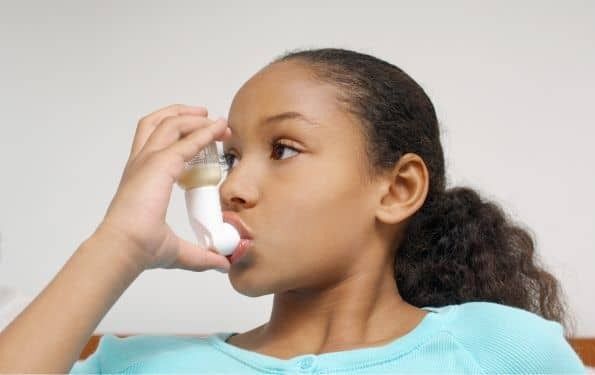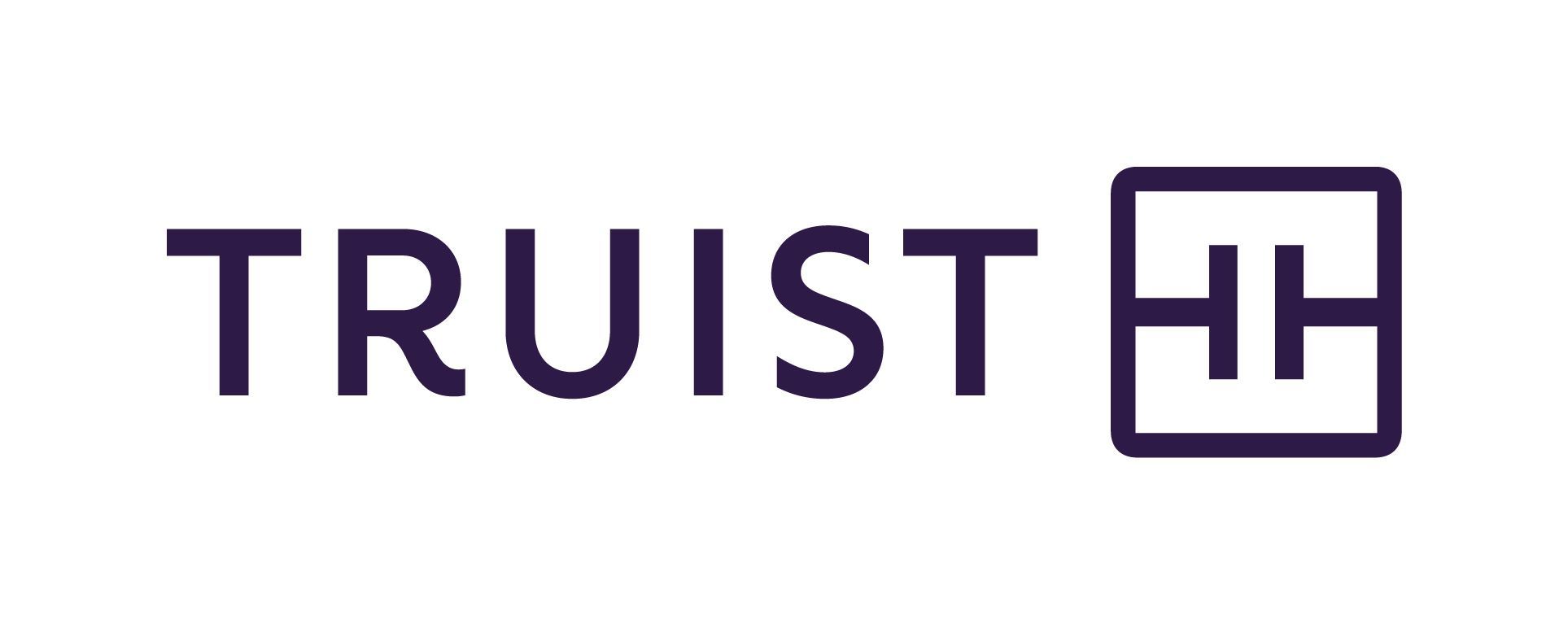What is the Breathe Easy program?
Breathe Easy is an home assessment environmental intervention to improve asthma management. Participants receive virtual home visits from a trained Healthy Home Specialist to assess for asthma triggers in their home, provide disease management education and a Breathe Easy Kit to help mitigate environmental triggers.
How does it work?
-
Referral
Participants are referred to the Breathe Easy Program through their health care provider or Medicaid Health Plan.
-

-
Intake
Once the referral is received, a member of the Breathe Easy team reaches out to the participant to introduce the program, obtain consent and enroll the patient.
-

-
How it Works
1. Virtual Home Assessment: A Reinvestment Partners Housing Specialist meets with the participants virtually to:
• Identify asthma triggers in the home
• Complete a baseline Asthma Control Test (ACT)2. Asthma Education: We provide disease management education for participants and caregivers on:
• Recognizing asthma signs and symptoms
• Medication use and inhaler technique
• Managing indoor environmental triggers3. Free Breathe Easy Kit: After the first session is completed, we will mail a custom Breathe Easy Kit to the participant’s home, which includes:
• HEPA-filtered upright vacuum cleaner
• HEPA air purifier for the bedroom
• Hypoallergenic mattress and pillow encasements
• Non-toxic cleaning supplies
• Pet- and child-safe roach/mouse traps
• Allergen reinforced AC filters
• Dehumidifier -

-
Follow-up Support
About four weeks after the initial session, we will complete a follow-up video session to:
• Ensure the participant received and understands how to use the Breathe Easy Kit
• Reinforce disease management education
• Complete a second ACT to assess for progressPost-Intervention Follow-Up: Three months after completing services, Reinvestment Partners conducts a follow-up with participants. During this check-in, we administer a new ACT to assess asthma control and symptoms, and we also gather feedback to evaluate participant satisfaction with the intervention.














